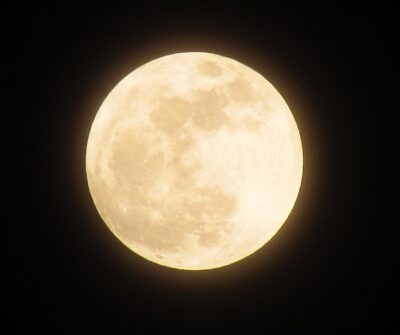Exploring Moon Gods from Different Mythologies: Symbols of Light and Power
From ancient Greek and Roman beliefs to Norse and Mesopotamian cultures, moon gods have been revered for their special powers and their ability to illuminate the night sky. Let’s explore the fascinating world of moon deities.
1. Artemis: The Greek Moon Goddess of Nature
In Greek mythology, Artemis is the goddess of the moon and hunting. She is the protector of nature and animals, often depicted with a bow and arrow as she roams the forests. Artemis’s role as the moon goddess is to illuminate the night sky and offer peace and tranquility to those below.
The ancient city of Ephesus, home to one of the Seven Wonders of the Ancient World, worshipped Artemis, the daughter of Zeus. The ruins of Ephesus stand as a testament to the significance of Artemis in both mythology and the daily lives of the people who revered her.
2. Selene: The Original Greek Moon Goddess
Before Artemis became widely associated with the moon, Selene was the original Greek moon goddess. She is often depicted riding a chariot across the night sky, symbolizing the changing phases of the moon. Over time, Selene’s role became intertwined with Artemis’s, making both goddesses central figures in the lore of the moon.
3. Luna: The Roman Goddess of the Moon
In Roman mythology, the moon goddess is Luna, whose name is derived from the Latin word for moon. Luna’s role mirrors that of Artemis in Greek tradition, as she controls the moon’s light and guards the night. Romans prayed to Luna for protection and peace, especially during the darkness of the night.
4. Sin (Nanna): The Mesopotamian Moon God
In ancient Mesopotamian mythology, the moon god is known as Sin or Nanna. Worshipped as the god of the moon, earth, and the heavens, Sin was revered for his role in marking time through the creation of calendars. Symbolized by the crescent moon, Sin’s light was believed to guide travelers safely during the night.
A recent archaeological discovery of a 3,000-year-old mural in southeastern Turkey depicts Sin, along with other gods, offering a glimpse into the ancient reverence for the moon and its godly protector.
5. Mani: The Nordic Moon God and His Pursuer Hati
In Norse mythology, Mani is the personification of the moon. Along with his sister Sol, the goddess of the sun, Mani controls the movements of the moon across the night sky. Mani is often portrayed as bringing light to the dark hours, providing comfort and hope to people.
However, in Norse lore, there’s a myth involving a wolf named Hati, who chases the moon and tries to devour it. According to legend, when Hati catches the moon, a lunar eclipse occurs, showcasing the symbolic battle between light and darkness.
6. Thoth: The Egyptian God of Wisdom and the Moon
In Egyptian mythology, Thoth is known as the god of wisdom, time, and writing. Often associated with the moon, Thoth played an important role in the creation of the lunar calendar and was also the protector of scribes. He is depicted as either an ibis or a baboon, and is revered for his magical powers, his role in the balance of day and night, and his deep connection to the moon.
7. Summary: The Global Reverence for Moon Gods
Throughout various cultures, moon gods have been central figures in myths and legends. These deities are seen as symbols of light, protection, and hope, believed to have the power to illuminate the darkness and guide people safely. Whether in Greek, Roman, Mesopotamian, Nordic, or Egyptian mythology, moon gods continue to captivate and inspire with their enduring presence across cultures.
